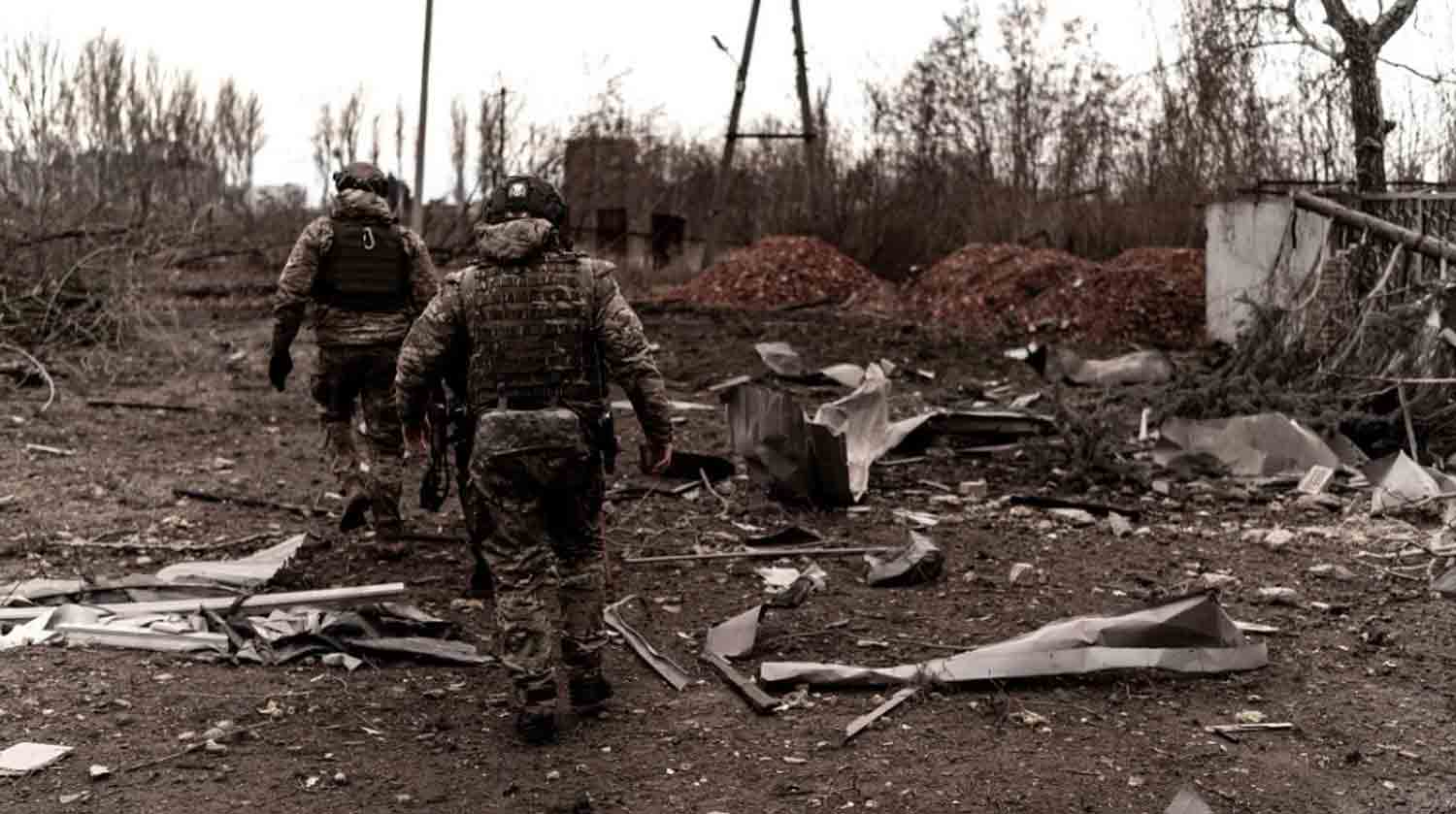African countries are increasingly expressing interest in Russia‘s Typhoon-PVO, a mobile air defense system tailored for safeguarding against local military conflicts. While the Typhoon-PVO is not intended for high-intensity warfare characterized by large-scale air attacks or cruise missile usage, it serves as a tactical solution for nations engaged in smaller, localized disputes.
Vyacheslav Dzerkaln, Deputy General Director of the Almaz-Antey air defense organization, noted that the system has attracted considerable interest from various African nations grappling with ongoing insurgencies and less advanced military threats.
A significant factor fueling this interest in the Typhoon-PVO is its suitability for regions with limited capabilities for conventional warfare. Many African nations are not contending with major threats from sophisticated air forces or ballistic missiles; instead, they are focused on combating insurgent groups, armed militias, and minor conflicts.
The Typhoon-PVO is specifically engineered to counter these threats by offering essential protection to mobile military units, a critical need in African conflict zones.
The primary function of the vehicle is to safeguard troops on the move, which is vital for forces operating in volatile environments where maintaining mobility and adaptability is crucial in unpredictable combat scenarios.
The design of the Typhoon-PVO is tailored to meet the specific requirements of various regions. It features the ability to engage targets while in motion, an essential capability for units that need to maintain mobility to evade ambushes or surprise assaults.
This aspect is especially crucial for African nations that frequently encounter asymmetrical warfare tactics, where insurgent groups utilize hit-and-run strategies to avoid direct engagements. The vehicle is equipped with a rotating turret on its roof, which accommodates a Kord machine gun, allowing gunners to operate the weapon from within the vehicle’s protective confines.
Moreover, the Typhoon-PVO can be outfitted with a man-portable air defense system (MANPADS), enabling operators to defend against low-flying aircraft or drones, which are increasingly prevalent threats in contemporary conflicts.
The vehicle’s adaptability positions it as a valuable asset for African military forces seeking effective, mobile solutions. In areas such as Central Africa, the Sahel, and parts of East Africa, where armed groups often engage in irregular warfare, ensuring troop protection during movement is vital.
The Typhoon-PVO provides both mobility and protection, making it a pragmatic addition to the military inventories of nations grappling with the challenges of modern warfare.
This advancement also signifies the strengthening security relationships between Russia and several African countries. Russia has historically been a key supplier of military equipment to African nations, often offering alternatives to Western weapon systems.
For numerous African countries, sourcing military equipment from Russia is not only a cost-effective choice but also a strategy to diversify their defense technology sources, thereby decreasing reliance on traditional Western suppliers.
The Russian defense sector is increasingly establishing a presence in Africa through the provision of weaponry and military training initiatives, which are perceived as more suited to the unique requirements of the region.
The interest in the Typhoon-PVO exemplifies a wider pattern of growing defense collaboration between Russia and various African nations. This is particularly pertinent as numerous African countries grapple with persistent instability, often stemming from internal issues such as armed insurgencies, regional disputes, or terrorist activities.
The Typhoon-PVO’s emphasis on mobile defense and its capability to counter low-tech threats, including small arms and improvised explosive devices (IEDs), is particularly attractive to nations facing these challenges.
Its performance in challenging and fluid combat situations, where air dominance and long-range missile capabilities are not typically available, renders it a significant asset for African armed forces.
Furthermore, the rising interest in this air defense system reflects the changing military requirements across Africa. Historically, African nations have depended on light infantry and guerrilla strategies for conflict engagement.
However, as the nature of warfare evolves and the spectrum of threats expands, there is a growing necessity for specialized systems like the Typhoon-PVO that can provide customized protection in specific conflict contexts.
This developing trend also indicates a transformation in the geopolitical landscape, with African countries increasingly seeking defense solutions from non-Western powers, such as Russia and China.
These countries frequently provide more adaptable terms, faster delivery, and systems that align better with the operational conditions present in Africa. The Typhoon-PVO is an integral part of this approach, serving as a practical and deployable solution for nations that lack extensive, sophisticated military infrastructure.
Now, let us explore the technical specifications of the Typhoon-PVO system, which further underscore its appropriateness for African military forces. The Typhoon-PVO is a highly mobile and durable air defense vehicle that incorporates several advanced features, ensuring its effectiveness in challenging combat situations.
Constructed on a KAMAZ 4×4 chassis, renowned for its dependability in off-road environments, the vehicle is designed to traverse difficult terrains, ranging from arid deserts to muddy paths, making it well-suited for the varied landscapes of numerous African conflict areas.
In terms of dimensions, the Typhoon-PVO measures approximately 7.2 meters in length, 2.5 meters in width, and 3.2 meters in height, offering sufficient space for the crew while maintaining a compact size that enhances tactical mobility.
The vehicle is equipped with a 300-horsepower diesel engine, allowing it to achieve speeds of up to 100 km/h on paved roads and 50 km/h off-road. This degree of mobility is essential for enabling swift responses to threats, especially in regions where insurgents may launch attacks and quickly withdraw.
The Typhoon-PVO features a turret that rotates 360 degrees, housing a Kord 12.7mm heavy machine gun. Recognized as one of Russia’s most formidable automatic weapons, the Kord delivers powerful and sustained fire against both ground and aerial targets. This capability makes it an effective defense against drones, light aircraft, and potential threats from infantry or light vehicles targeting the convoy.
The machine gun can be operated from within the vehicle, which enhances crew safety while preserving offensive capabilities. Furthermore, the vehicle is equipped to carry a man-portable air defense system (MANPADS), enabling the crew to counter low-flying aircraft or UAVs, which are increasingly relevant threats in contemporary warfare.
Regarding ammunition, the Kord machine gun is compatible with various 12.7mm rounds, including armor-piercing, tracer, and high-explosive types, allowing operators to effectively engage a diverse array of targets.
Additionally, the Typhoon-PVO is fitted with a smoke screen system that can obscure its position, helping it evade detection by enemy surveillance and targeting systems.
The vehicle’s armor is engineered to withstand light arms fire, shrapnel, and explosive fragments. Although it is not designed to resist heavy artillery or direct missile strikes, its armor provides protection against small-arms fire and IEDs, which are prevalent threats faced by African forces in asymmetrical conflicts.
Complementing the armor is an advanced fire suppression system, ensuring the vehicle remains operational even if an internal fire occurs due to a hit.
In summary, the appeal of the Typhoon-PVO to African nations is diverse and significant. Its capacity to deliver mobile and robust protection for military forces in transit positions it as an optimal solution for areas affected by localized conflicts.
African nations are confronted with distinct security issues, particularly those stemming from insurgencies, terrorism, and guerrilla tactics. Systems like the Typhoon-PVO provide a vital edge in ensuring the safety of troops and enhancing operational efficiency.
As Russia continues to bolster its military partnerships with African nations, the Typhoon-PVO is poised to play a pivotal role in transforming defense strategies throughout the continent, presenting a flexible and economical option for addressing local conflicts that demand swift, adaptable, and resilient military responses.
This blend of mobility, sophisticated weaponry, and tactical defense capabilities positions the Typhoon-PVO as a valuable asset in combating contemporary asymmetric warfare in Africa.
Discover more from Defence Talks | Defense News Hub, Military Updates, Security Insights
Subscribe to get the latest posts sent to your email.





